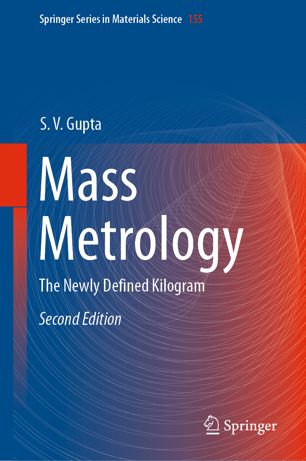

Most ebook files are in PDF format, so you can easily read them using various software such as Foxit Reader or directly on the Google Chrome browser.
Some ebook files are released by publishers in other formats such as .awz, .mobi, .epub, .fb2, etc. You may need to install specific software to read these formats on mobile/PC, such as Calibre.
Please read the tutorial at this link: https://ebookbell.com/faq
We offer FREE conversion to the popular formats you request; however, this may take some time. Therefore, right after payment, please email us, and we will try to provide the service as quickly as possible.
For some exceptional file formats or broken links (if any), please refrain from opening any disputes. Instead, email us first, and we will try to assist within a maximum of 6 hours.
EbookBell Team

5.0
68 reviewsThis second edition of Mass Metrology: The Newly Defined Kilogram has been thoroughly revised to reflect the recent redefinition of the kilogram in terms of Planck’s constant. The necessity of defining the kilogram in terms of physical constants was already underscored in the first edition. However, the kilogram can also be defined in terms of Avogadro’s number, using a collection of ions of heavy elements, by the levitation method, or using voltage and watt balances. The book also addresses the concepts of gravitational, inertial and conventional mass, and describes in detail the variation of acceleration due to gravity.
Further topics covered in this second edition include: the effect of gravity variations on the reading of electronic balances derived with respect to latitude, altitude and earth topography; the classification of weights by the OIML; and maximum permissible error in different categories of weights prescribed by national and international organizations. The book also discusses group weighing techniques and the use of nanotechnology for the detection of mass differences as small as 10-24 g. Last but not least, readers will find details on the XRCD method for defining the kilogram in terms of Planck’s constant.